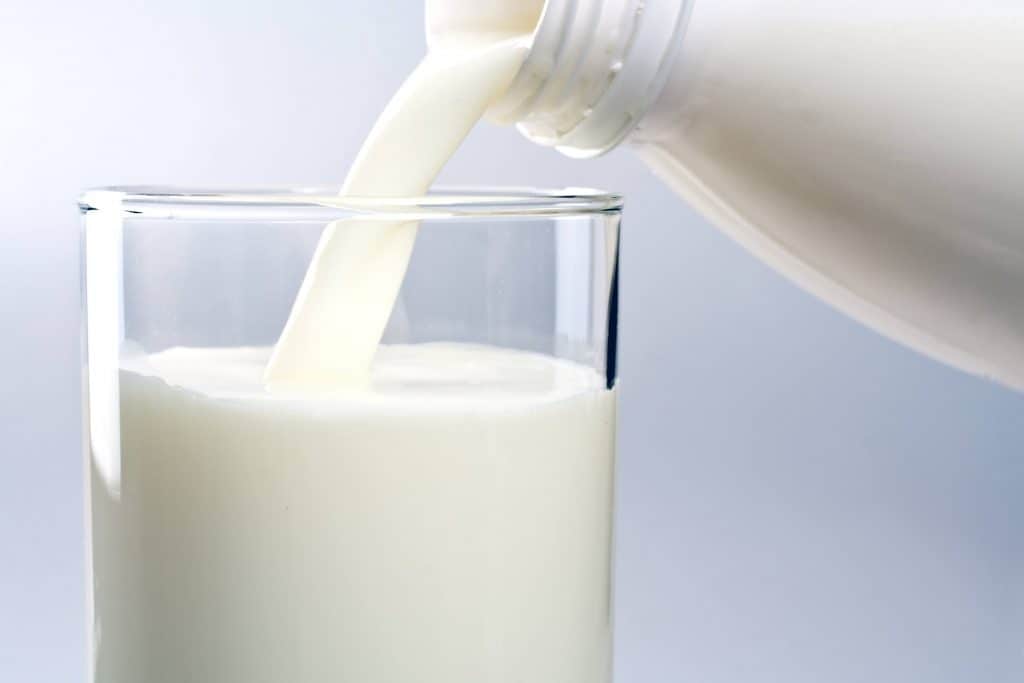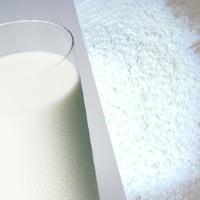
How Many Calories Are in Pea-Protein Milk?Ī newer plant-based milk on the market, pea protein is nut-free, soy-free, gluten-free, and GMO-free and offers a whopping eight grams of protein per one-cup serving. It is low in carbs but offers zero protein. Higher in fat than most plant-based milks due to the nature of coconut being high in saturated fat, coconut milk also offers that distinct flavor you may love in oatmeal, granola, coffee, curries, soups, or baked goods. Cashew milk offers a decent amount of calcium, since it's fortified. It is also low in carbs but has a silky, creamy texture, which many people love in their coffee, soups, casseroles, or baking recipes. Just like almond milk, cashew milk is very low in calories per one-cup serving. Oat milk is also a good source of calcium, since it's fortified with 35 percent of your daily needs. Just be aware that oat milk is very low in protein, and the sweetened or creamy varieties have more calories and fat, since oats are naturally a grain that contains fat. It also has a silky, creamy texture, making it a great alternative to cow's milk or cream in coffee. Oat milk is one of the most popular plant milks since it's nut-free, soy-free, and fairly low in calories. Soy milk can even be used to make a vegan buttermilk by whisking it with apple cider vinegar. Like almond milk, soy milk is a great choice for drinking alone, pouring on your breakfast, using in smoothie recipes, or using in cooking or baking. It is similar calorie-wise but is relatively low in fat and carbs (if you go for unsweetened) and even offers a tiny bit of fiber. If you're interested in a dairy-free milk that's high in protein, like cow's milk, go for soy milk. The flavor is mild, so it's great for drinking alone, in cereal or oatmeal, or for cooking and baking. Almond milk is one of the lowest in calories, but it also doesn't offer much protein.


1 cupĪlmond milk is one of the best dairy-free alternatives since it's found in most grocery stores and in many restaurants and coffee shops. They also have cholesterol and saturated fat. Each offers a decent amount of protein and calcium but is higher in carbs compared to some nondairy alternatives. How Many Calories Are in Cow's Milk?įor those who have no issues consuming dairy, here's the nutritional info for four different kinds of cow's milk. And although they aren't mentioned in the charts, in you want a vanilla-flavored plant milk without the sugar, many companies offer unsweetened vanilla plant milks, so look for those at your grocery store. I've included unsweetened and sweetened plant milks, so you can see how choosing unsweetened affects the total calories and sugar. You can also compare the amount of carbs, sugar, and protein in plant milks, so you can choose the best option based on your nutrition needs. If you're wondering how many calories are in different types of milk, check out the charts below comparing almond milk, oat milk, soy milk, coconut milk, and rice and hemp milk. With awareness of dairy allergies and people choosing to eat more plant-based for health or environmental reasons, there are so many dairy-free milk options available. Melissa Meier is an online and Sydney-based Accredited Practising Dietitian.Going to pick up a gallon of milk has new meaning since cow's milk is no longer the only choice. Unsweetened almond milk – 69 kilojoules (16 calories).Unsweetened cashew milk – 73 kilojoules (18 calories).Coconut milk – 95 kilojoules (23 calories).Sweetened cashew milk – 123 kilojoules (29 calories).Sweetened almond milk – 123 kilojoules (29 calories).Skim cow’s milk – 142 kilojoules (34 calories).Reduced-fat soy milk – 153 kilojoules (37 calories).Reduced-fat cow’s milk – 191 kilojoules (46 calories).Oat milk – 213 kilojoules (51 calories).Regular soy milk – 241 kilojoules (58 calories).Rice milk – 255 kilojoules (61 calories).
#6 oz skim milk calories full#

But without further ado, here’s a list of milks in order of most energy-dense to least energy-dense. Hopefully by now, however, you can recognise that milk is far more than just the amount of energy it contains, and the nutrient-density should be seriously considered. So now for what you’ve been waiting for – the number of calories in each of these different types of milk.


 0 kommentar(er)
0 kommentar(er)
